Equals - Thoughts on Curriculum
Over the last five years or so there has been increasing interest in curriculum design culminating in the new Education Inspection Framework (Ofsted, 2019) and curriculum development is now rightly highlighted as a central responsibility for schools. But what can we, as teachers, do for pupils and students who struggle to access the National Curriculum, and who are working consistently and over time at levels significantly below age related expectations? How can we fit them into the three I’s of ‘intention, implementation and impact’? The percentage of pupils this statement applies to is small, around 70,000 or so learners with SLD and PMLD who make up less than 1% of the whole school population in England and Wales (Pinney, 2017), yet these are exactly those learners who have the greatest complexity of need and are therefore amongst the most challenging to teach.
Equals, a not-for-profit national charity working to improve the educational opportunities open to those with PMLD and SLD, with or without an autistic spectrum condition (ASC), has come up with a multi-tiered approach based on difference rather than differentiation. This is because, despite thirty plus years of trying, the National Curriculum is not an appropriate model if learners are always going to be working within its very earliest levels. It has been argued that:
‘…children, young people and adults with severe or profound learning difficulties will not succeed in the National Curriculum, or indeed, in any curriculum model designed for neuro-typical conventionally developing learners. They will not succeed because they have severe or profound learning difficulties. It is not possible for them to succeed. If they could succeed, they wouldn’t have severe or profound learning difficulties.’ (Imray and Colley, 2017, p58).
For these learners (nearly 50% of whom are educated in mainstream schools) we need to ask basic questions which mirror Ofsted’s three I’s, namely
- Why am I teaching what I’m teaching?
- What am I trying to achieve?
- Am I making a difference?
In an effort to resolve these questions, a number of English special schools, including Ofsted rated ‘outstanding’ schools, have over the last three years or so, adopted the Equals Semi-Formal Curriculum, the only curriculum in the world specifically written for children, young people and adults with severe learning difficulties.
In the model described in Figure 1, it is neither necessary nor advisable to adopt a hard line on which curriculum might be appropriate for each learner, as it is evident that learners on the edges of a learning difficulties spectrum, such as are described by the terms PMLD, SLD and MLD (moderate learning difficulties), may benefit from some involvement in the adjacent curricula. There is therefore a fluidity about this model which both allows for and encourages a personalised (or individualised) approach, whilst still recognising that core elements of each curriculum will broadly fit the learning needs of all learners within the PMLD and SLD spectrums. The logic behind this approach comes from the sure and certain knowledge that such learners can make progress within curricula specifically designed for them, but will struggle to do so within curricula that is not (Imray and Hinchcliffe, 2014).
The nature and extreme complexity of both the severe and profound and multiple learning difficulty spectrums, as well as the absolute necessity of extensive repetition and over-learning being built into the learning process, makes the possibility of succeeding in both academic and alternative curriculum models incredibly difficult, if not impossible. Such ‘dilemmas of difference’ (Norwich, 2008 and 2013) mean that choices have to be made, because not making such choices leaves insufficient time in the school life of the learner. Not making the choice will not make the dilemma go away!
Fig 1. The relationship between curricula in the Equals multi-tiered curriculum approach
The argument for different over differentiation, is made by the fact that detailed longitudinal analysis of P Scale progress (Ndaji and Tymms, 2009; Imray 2013) indicates that the very best that can be achieved by the most able on the SLD spectrum within a National Curriculum model (that is, fulfilling their academic potential) is equivalent to the start of the academic model, and for most on the SLD spectrum and all on the PMLD spectrum, well below the start. It seems self-evident that to have one’s ambitions limited to the start of a curriculum, no matter how good the teaching and how hard the child works, indicates that it is the wrong curriculum.
We need to adopt a much more flexible and personalised approach which sees the curricula on offer changing to meet the needs of the pupil rather than the other way round. The learner must be at the centre of curriculum design, not at the edge of it.
References
Imray, P. (2013) Can the P scales give a sufficient and accurate assessment of progress for pupils and students with severe or profound learning difficulties. The SLD Experience 66: 17–25.
Imray P and Colley A (2017) Inclusion is Dead: Long Live Inclusion. London. Routledge.
Imray P and Hinchcliffe V. (2014) Curricula for Teaching Children and Young People with Severe or Profound Learning Difficulties. London: Routledge.
Ndaji F and Tymms P (2009) The P Scales: Assessing the Progress of Children With Special Educational Needs. London. Wiley-Blackwell.
Norwich B. (2008) Dilemmas of Difference, Inclusion and Disability: International Perspectives and Future Directions. Abingdon, Oxford: Routledge.
Norwich B. (2013) Addressing Tensions and Dilemmas in Inclusive Education. London: Routledge.
Ofsted (2019) Education Inspection Framework (No. 190015). Manchester. Ofsted.
Pinney A (2017) Understanding the needs of disabled children with complex needs or life-limiting conditions. London. Council for Disabled Children/True Colours Trust.





